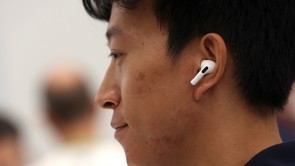NASA has recently awarded morecontracts to SpaceX and Boeing运送宇航员到国际空间Station — and potentially reduce its dependence to the Russian Soyuz spacecraft for its missions.
But in a recent development, NASA has proposed to buy additional Soyuz seats to take advantage of Russian plans of reducing crew size and as a form of insurance in the face of commercial crew delays.
In a “sources sought” procurement itfiledlast Jan. 17, NASA expressed the said plan to acquire two Soyuz seats viaBoeingfor its ISS missions in the fall of this year and the spring of 2018, as well as options for three added seats in 2019. According to the filing, Boeing got rights to the Soyuz seats from the vehicle maker RSC Energia.
Russia Cuts Back On ISS Crewmembers
The two seats came about as Russian space agency Roscosmos announced back in September its plan to reduce its crew on the ISS from three to two, from March to a new lab module’s launch anticipated next year.
Boeing won rights to the seats as it agreed with Energia in a settlement of a legal battle related to Sea Launch. It won a more than $320-million federal case against the latter in May last year, but legal filings that followed reflect a settlement in the works between the two companies.
“We got together with Energia and discussed what in-kind things that we could perhaps put on the table that might offset this debt,”saidBoeing vice president and space exploration general manager John Elbon in a previous interview, confirming that rights to the Soyuz seats are indeed part of the agreement.
Boeing then offered the available seats to NASA and is now working with the different parties for a potential deal.
As a potential consequence, NASA may add one more crew member to the ISS’ U.S. side.
Some Form Of Insurance
Interestingly, a likely deal includes three added seats on two Soyuz trips in the spring of 2019. NASA’s contract with the Russian space agency for regular space taxi services ends in 2018, at which point the commercial crew firms are expected to take over.
Questions on the readiness of Boeing’s and SpaceX’s vehicles, however, remain as the two providers have not reservedtest flightsfor both the Starliner and Crew Dragon capsules until mid-2018. Will they be ready to offer flights in 2019 particularly with the birth of additional issues?
Elbon dubbed the latest move as “some insurance” in case something comes up in the development program.
NASA’s space shuttle program ended in 2011, and since then it has had to depend on securing a spot inside the Soyuz spacecraft. This capsule has flown American astronauts to the ISS and back on numerous occasions, including Scott Kelly’s historic return to Earth last March after spending 340 days aboard the space observatory.
NASA’s space ferrying deal with the Russian space agency translates to roughly $80 million for every seat on the rocket, which launches from Kazakhstan.
Aligned with its long-term mission to enhance crew size on the ISS, NASA’s Commercial Crew Program seeks to restart manned launches from American soil in 2018.
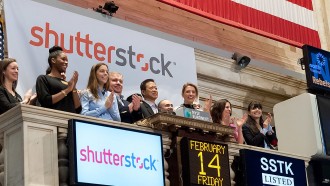

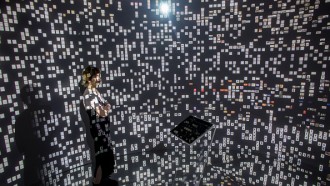
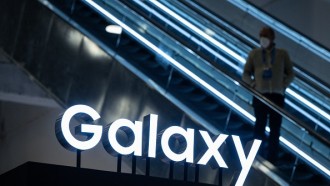
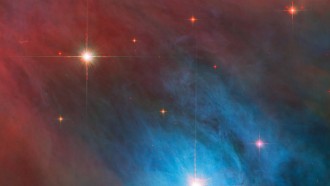

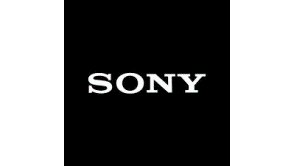
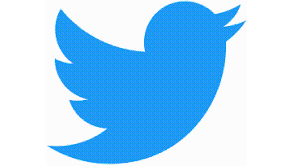

![Upcoming Game Releases that Will Require You at Least 16GB of RAM [2023]](https://1734811051.rsc.cdn77.org/data/thumbs/full/419887/295/166/50/40/upcoming-game-releases-that-will-require-you-at-least-16gb-of-ram-2023.jpg)
